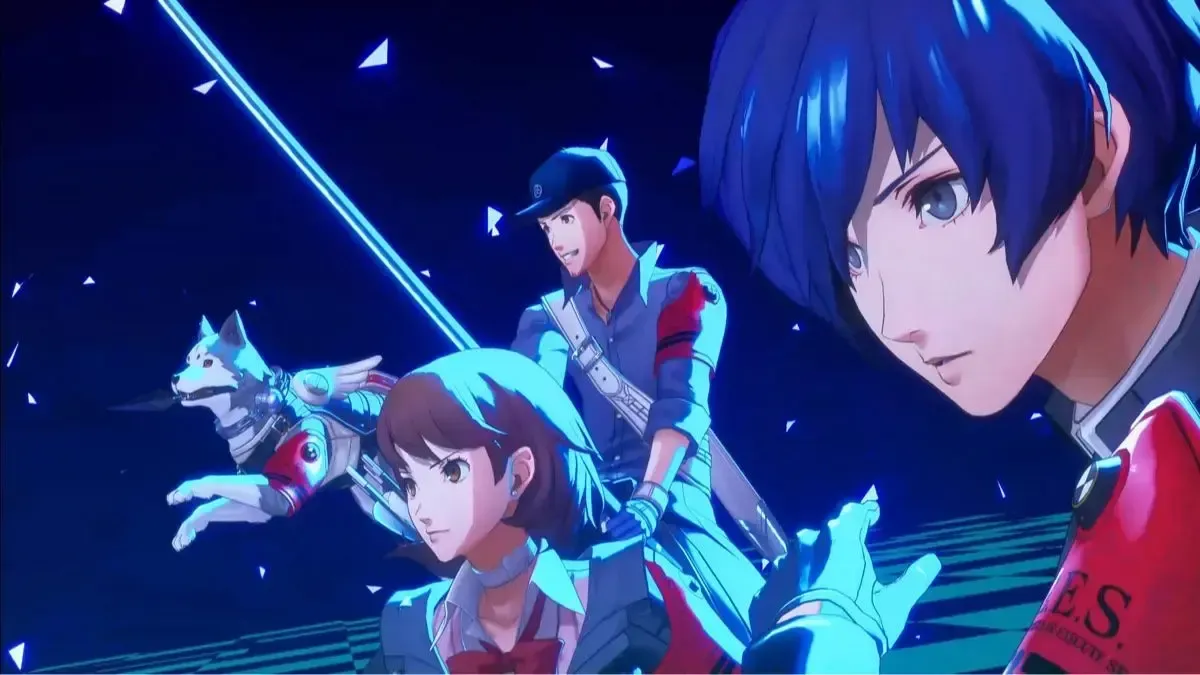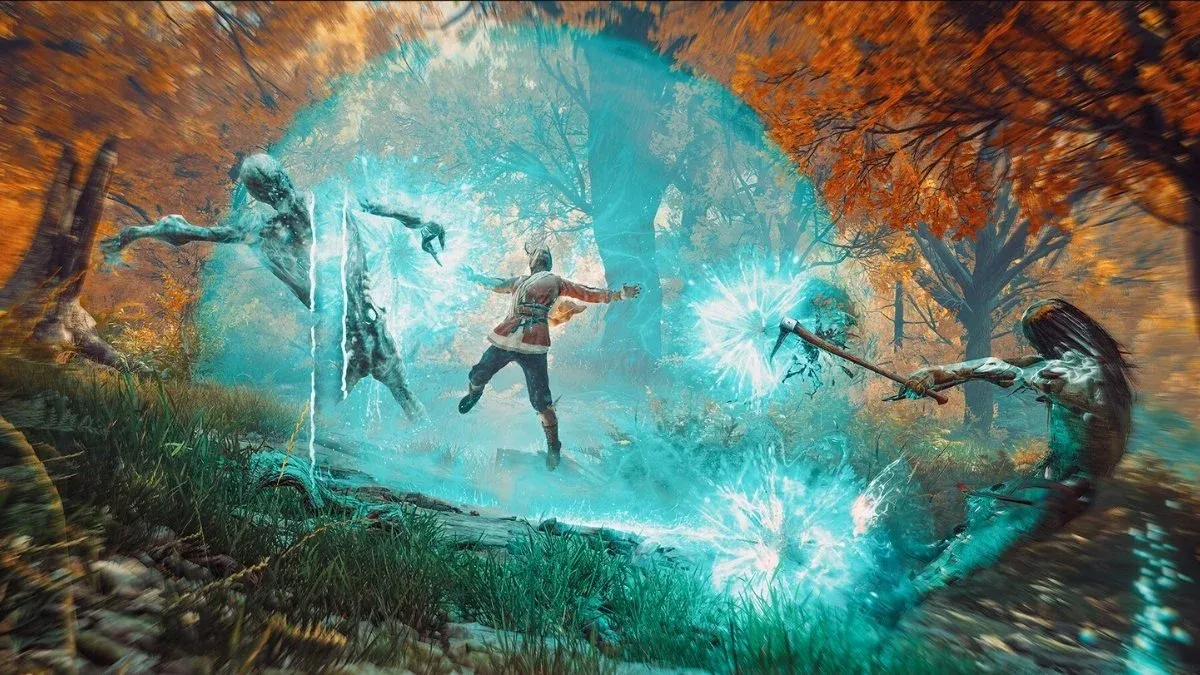Image: Sega
Persona 3 Reload is a must-play RPG with a strong cast, clean visuals, and plenty of style to spare.
Atlus’ Persona franchise found a new level of popularity with the release of Persona 5, to the point that the Phantom Thieves' legendary caper has become many players’ point of entry into the franchise. While Persona 4 Golden has been remastered and is now widely available in most game stores, it's a little more difficult to return to the comparatively stripped-back visuals and gameplay of games like Persona 1, 2, and 3. If you haven’t grown up with 2006’s Persona 3, you might also be confused about which version of the game you’re meant to play: Persona 3, the extended Persona 3 FES, or the abridged Persona 3 Portable.
That’s where remakes come in. Persona 3 Reload sees Atlus return to a seminal title in its library and give it a visual overhaul to not just stand up to Persona 5, but in some ways surpass it. The core story - revolving around a group of students grappling with a secret 25th hour of the day - remains intact and strongly executed with a whole new voice cast, also bolstered by a fantastic re-recorded soundtrack, clean visuals, and gorgeous UI. While the remake lacks content from later versions of the original game like a female protagonist and an epilogue chapter, and doesn’t do enough to improve on its repetitive dungeons, none of this gets in the way of its breezy social-sim elements, loveable cast, and supernatural mystery.
Making friends and killing Shadows? There aren't enough Dark Hours in the day
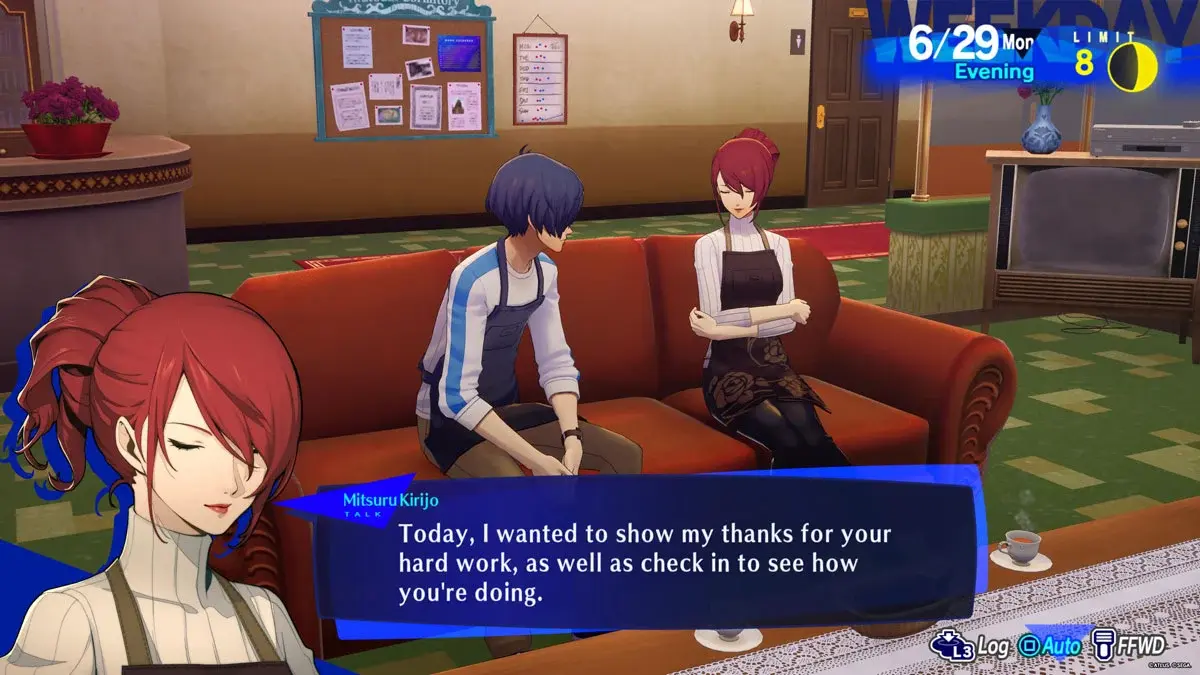
Persona games typically revolve around the new kid in school making friends and getting involved in dark supernatural hijinks, and Persona 3 fully solidified that template for later entries in the series. In the remake, you play as a high school student with the ability to not only use strange creatures called Personas in combat, but juggle between multiple Personas freely. The only other people you know who use these Personas are a group of students who live in the same student dorm, comprising a supernatural defense squad called SEES.
Upon your initiation to this strange student club, you’re told that there’s a secret 25th hour of the day known as the Dark Hour, where reality gets bent out of shape and creatures called Shadows prey on the living. Together with SEES, the player embarks on a mission to uncover the secrets of the Dark Hour and climb the vast tower of Shadows called Tartarus to save humanity from a mounting threat. That’s the meat of the game’s premise, though you learn all of this in just the first few hours of the game’s roughly 60-90 hours of playtime. If that sounds intimidating, know that your playtime can vary depending on how much side content you choose to pursue.
Persona 3 is essentially two games in one. On one hand, it’s a social sim that has you befriend people in your school, learn about your SEES companions, and push your personal development forward by playing arcade games and eating beef bowls. On the other, it’s a dungeon-crawling RPG where you collect Personas, battle Shadows, and unravel a supernatural mystery revolving around the origins of the dungeon Tartarus. Personally, I found its social-sim aspects far more engaging - not just because of how appealing Persona 3’s main cast is, but mostly due to how repetitive Tartarus can be (more on that later).
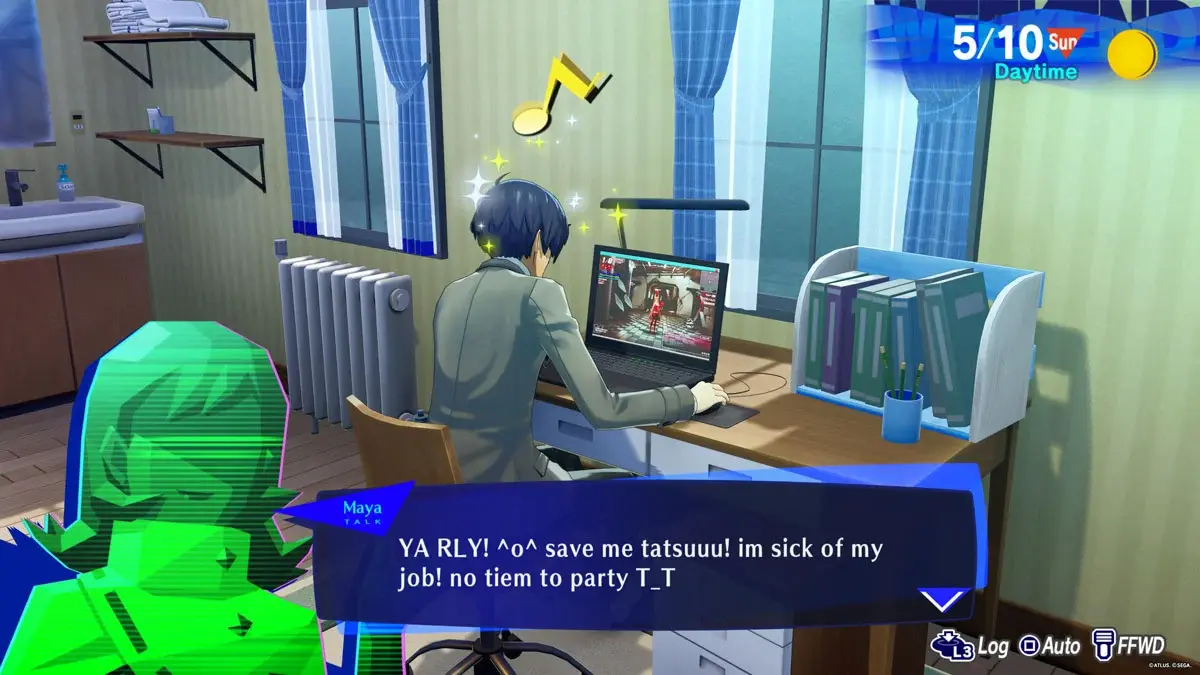
Persona 3’s story might seem dark and edgy at first, seeing as characters take no time at all to start blowing their brains out, but it doesn’t get quite as dark as later games in the series despite appearances. The main cast is likable enough in the early hours, but it takes a lot of time for the main story to peel back their layers enough to really get invested in their stories. Tens of hours can pass before specific members of the cast get their time to shine and grow on you, but the vocal performances and little social activities like dorm hangouts and dungeon chatter do a lot of the heavy lifting in between.
I can’t say I grew to love this group nearly as much as other games in the series, but I did love that most of the social link dialogue was fully voiced to emphasize the strength of its voice cast, and that there are plentiful opportunities to simply hang out with your friends outside of the main story. The gargantuan amount of new dialogue that pops up after every little story event also helps to make your time at school feel a lot less repetitive. That’s no mean feat, considering that you really are repeating the same tasks for a large portion of your playtime.
Tartarus deserves its own remake
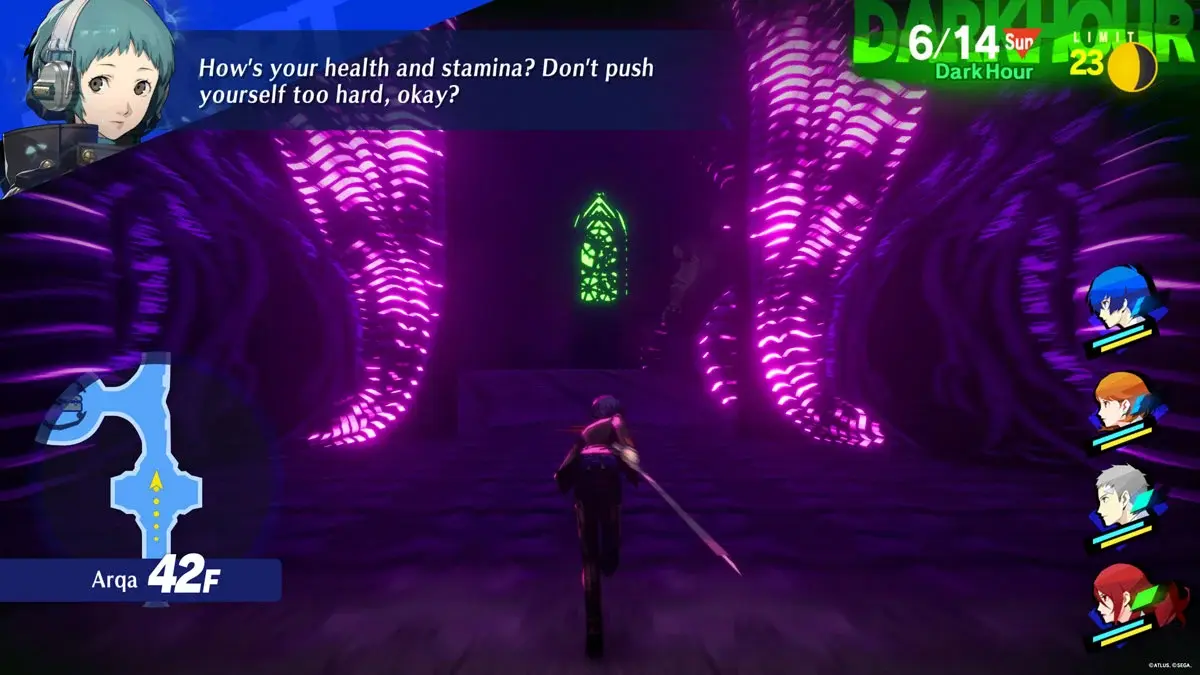
Persona 3 Reload is a largely faithful remake of a 2006 game, for better or worse. That means the weakest link in its chain is once again Tartarus, the randomised dungeon consisting of hundreds of floors that players have to climb in entirety throughout the main story. Is that as hellish as it sounds? Not quite. You can only climb a specific amount of floors in Tartarus before the story blocks you off, and that climb can and should be spread over several in-game days to preserve your party’s health (and your sanity). Between each major story event, you’ll have to divide your days between stat-boosting activities like studying, and exploring Tartarus to level the party and move the story forward.
Is that as fun as it sounds? Again, not quite. While I do love Persona’s trademark sim elements, this game’s dungeon-crawling takes no time at all to get tiresome and repetitive. Persona 5 made some stark improvements to this system by including several dungeon-like Palaces, all thematically unique and of major consequence to the main story. Persona 3 Reload is an understandable step back in this regard, with one long dungeon that seemingly lasts forever, separated into multiple blocks whose aesthetic variations lie skin-deep. Enemies you encounter will change and combat will get more difficult, but for tens of floors, you will be grinding through the same tilesets over and over again before you see something new.
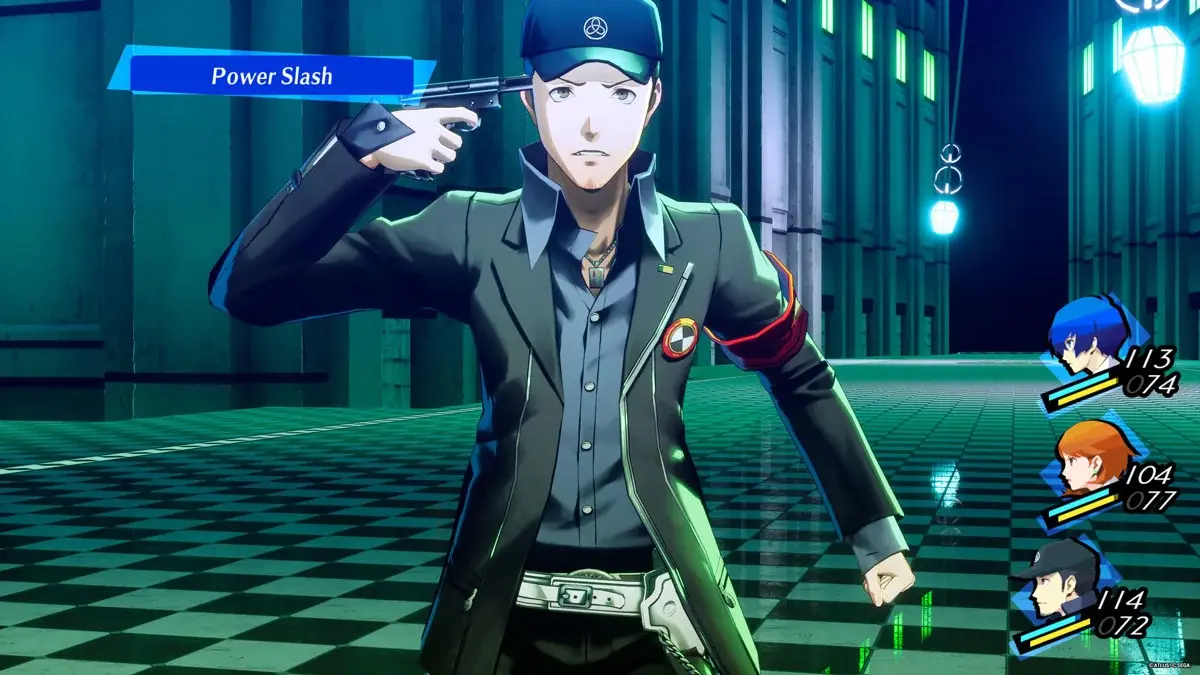
So yes, Tartarus is fairly dull - but I found myself enjoying the game thoroughly despite that. There’s so much to love about Persona 3 Reload’s slick UI, enemy design, and gorgeously remade hip-hop soundtrack that it’s easy to just set aside the few things it gets wrong for the many it gets right. Even in the dungeon, I loved sorting through Personas, picking my favourites and figuring out weaknesses in the game’s excellent turn-based combat system. Outside of it, I latched onto the addictive sim elements - studying to boost my Knowledge and pass exams, spending my evenings with friends in the dorm room, and hanging out with classmates after school.
Persona 3 Reload balances your dungeon and school time quite well, so you’ll never feel like Tartarus’ weaknesses are fully dragging things down. Plus, one must also take into account that despite its faults, Tartarus used to be a lot worse than this. Dungeon floors are no longer the frustrating mazes they used to be, and each block has received a visual overhaul to at least provide your grind the occasional bit of variety.
Verdict
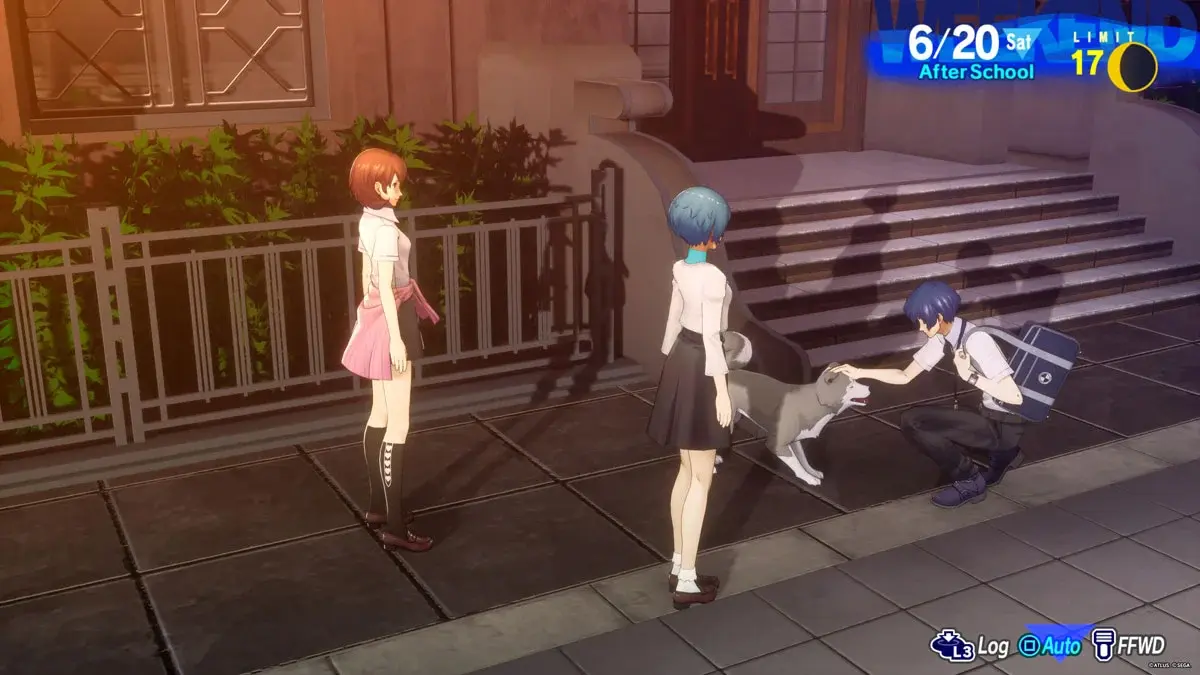
Persona 3 Reload is an almost-perfect example of how to do a remake right. The basics of the original are kept intact, with most of its core story, combat, music, and dialogue either untouched or as untouched as possible, but everything else has been polished up to fit modern-day standards. Fans new and old might be surprised to see how well the SEES’ adventures and the mysteries that lie within Tartarus have aged after all this time, though it’s practically inexcusable that ATLUS has chosen to exclude content like The Answer epilogue and female protagonist route - presumably to add onto the game in the form of paid DLC later.
Review copy provided by Sega

